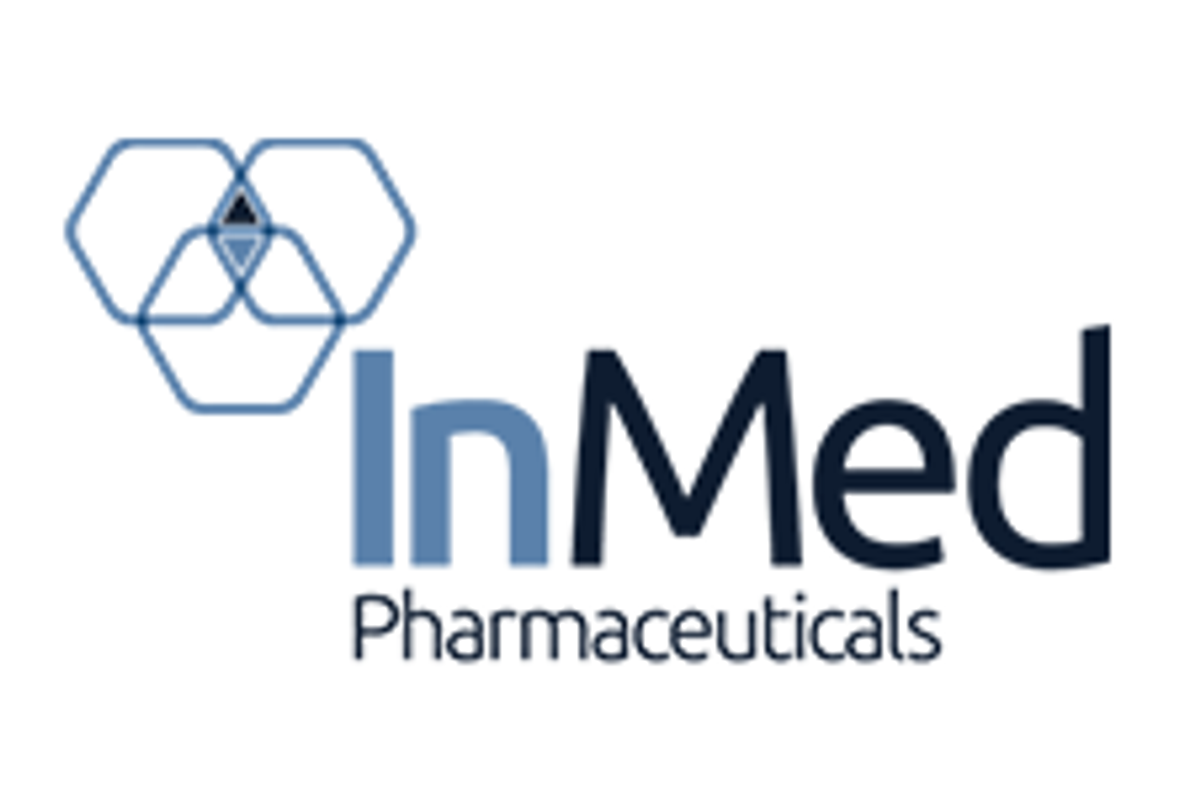
April 14, 2025
Invion (ASX:IVX) is a clinical-stage Australian life sciences company pioneering the next generation of photodynamic therapy (PDT) for the treatment of cancer and infectious diseases. Invion is advancing a transformative approach to disease treatment and diagnosis with a platform grounded in preclinical promise and growing clinical validation.
At the core of Invion’s platform is Photosoft, a proprietary suite of next-generation photosensitizers that selectively accumulate in diseased cells. Upon light activation, these compounds trigger a targeted oxidative stress response, leading to cell death with high precision. Unlike traditional PDT agents, Photosoft compounds are engineered to overcome the limitations of toxicity, off-target damage, and limited immune engagement. They are designed to deliver enhanced safety, selectivity, immune system activation, and theragnostic capabilities.

Invion is strategically expanding its clinical and commercial footprint through non-dilutive global partnerships that accelerate development while preserving shareholder value. In South Korea, Hanlim Pharm is fully funding the preclinical development of Photosoft for two high-need indications: glioblastoma multiforme (GBM) — one of the most aggressive and treatment-resistant brain cancers — and oesophageal cancer. Under the terms of the partnership, Hanlim covers all development costs, while Invion retains full ownership of the underlying intellectual property, positioning the company to benefit from future global opportunities.
Company Highlights
- Clinical-stage Pipeline in Multiple Indications: Successfully completed Phase II prostate cancer trial, ongoing Phase I/II skin cancer trial, and anogenital cancer trial initiating in 2025. Multiple cancer and infectious disease programs underway.
- Photosoft Platform Technology: Combines cancer selectivity, immune system activation, and minimal toxicity. Preclinical studies show INV043 can regress multiple cancers, deliver superior safety and efficacy and improve tumour control to 80 percent in combination therapy studies with blockbuster ICIs (vs 12 percent with ICIs alone).
- Renowned Partners & Global Pharma-funded Collaborations: Working with distinguished research institutions like Peter MacCallum Cancer Centre and Hudson Institute of Medical Research. Further, Hanlim Pharm (GBM, oesophageal cancer) and Dr.inB (HPV) are funding multiple programs without requiring Invion to contribute capital or give up IP.
- Theragnostic Capability: Photosoft compounds enable both treatment and imaging, allowing for highly precise cancer targeting and enhanced surgical decision-making.
- Strong Clinical and IP Foundation: GMP-grade INV043 manufactured and patented in Australia, with global IP protection extending to at least 2041.
- Compelling Upside: Following a share consolidation and reduced overhangs, IVX offers significant re-rating potential with multiple clinical readouts expected over the next six to 12 months.
This Invion profile is part of a paid investor education campaign.*
Click here to connect with Invion (ASX:IVX) to receive an Investor Presentation
IVX:AU

Sign up to get your FREE
Invion Limited Investor Kit
and hear about exciting investment opportunities.
- Corporate info
- Insights
- Growth strategies
- Upcoming projects
GET YOUR FREE INVESTOR KIT
The Conversation (0)
10 April
Invion Limited
Revolutionizing Photodynamic Therapy (PDT) for cancer and infectious diseases
Revolutionizing Photodynamic Therapy (PDT) for cancer and infectious diseases Keep Reading...
02 December
Invion Secures Expanded Photosoft Global Exclusive License
Invion Limited (IVX:AU) has announced Invion Secures Expanded Photosoft Global Exclusive LicenseDownload the PDF here. Keep Reading...
30 October
Appendix 4C and Quarterly Activities Report - September 2025
Invion Limited (IVX:AU) has announced Appendix 4C and Quarterly Activities Report - September 2025Download the PDF here. Keep Reading...
20 October
Funded Collaboration Agreement with Protect Animal Health
Invion Limited (IVX:AU) has announced Funded Collaboration Agreement with Protect Animal HealthDownload the PDF here. Keep Reading...
09 October
Repayment of Lind Facility with Successful Capital Raise
Invion Limited (IVX:AU) has announced Repayment of Lind Facility with Successful Capital RaiseDownload the PDF here. Keep Reading...
07 October
Trading Halt
Invion Limited (IVX:AU) has announced Trading HaltDownload the PDF here. Keep Reading...
17 December
InMed Announces Results of 2025 Annual General and Special Meeting
InMed Pharmaceuticals Inc. (NASDAQ: INM) ("InMed" or the "Company"), a pharmaceutical company focused on developing a pipeline of proprietary small molecule drug candidates for diseases with high unmet medical needs, today confirmed that, at its annual general and special meeting of shareholders... Keep Reading...
12 December
InMed Provides Update on BayMedica Commercial Business
InMed Pharmaceuticals Inc. (NASDAQ: INM) ("InMed" or the "Company"), a pharmaceutical company focused on developing a pipeline of proprietary small molecule drug candidates for diseases with high unmet medical needs, today released the following statement.Recently, H.R. 5371, the "Continuing... Keep Reading...
09 December
Invion Advances Global Strategy With New Licencing Agreement
Invion (ASX:IVX) has taken a major step forward with a new global licencing agreement that streamlines its rights across key cancer and infectious disease programs. The move gives the company a clearer path to advance its Photosoft technology, expand market opportunities and strengthen... Keep Reading...
27 November
5 Biggest Pharmaceutical ETFs in 2025
The global pharmaceutical market is set to surpass a total value of US$1.75 trillion by the end of the decade, according to Evaluate Pharma.Experienced and novice investors alike may want to consider pharmaceutical exchange-traded funds (ETFs) as a way to gain exposure to the top pharma... Keep Reading...
18 November
InMed Announces Successful Completion of Pharmacokinetic Studies in Large Animal Model for Its Alzheimer's Disease Candidate INM-901
Data demonstrate a favorable bioavailability profile of INM-901 oral formulationData will support design and planning of first in human clinical trialsPreparing for pre-IND meeting with the FDA InMed Pharmaceuticals Inc. (NASDAQ: INM) ("InMed" or the "Company"), a pharmaceutical company... Keep Reading...
Latest News

Sign up to get your FREE
Invion Limited Investor Kit
and hear about exciting investment opportunities.
- Corporate info
- Insights
- Growth strategies
- Upcoming projects
GET YOUR FREE INVESTOR KIT
Interactive Chart
Latest Press Releases
Nevada Sunrise Announces Stock Option Grants
19 December
Related News
TOP STOCKS
American Battery4.030.24
Aion Therapeutic0.10-0.01
Cybin Corp2.140.00





